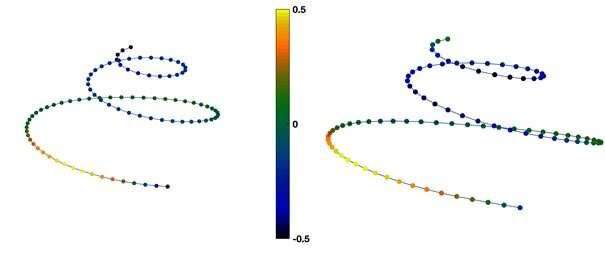In the inner depths of the ear: The shape of the cochlea is an indicator of sex

The auditory section of the inner ear, or the "cochlea," does not have the same shape from birth depending on whether one is a man or a woman. This is due to the torsion of the cochlear spiral, which differs based on gender, especially at its tip.
Demonstrated by a French-South African collaboration, an interdisciplinary effort evolving scientists primarily from the CNRS, UT3 Paul Sabatier, and l'Université Clermont Auvergne, these results have helped develop the first reliable method for sex determination, including among children and cases where DNA is missing or too altered.
Until now, it was impossible to determine the sex of a child from its skeleton, while for adults this could be done reliably only from studying the pelvis, which is not always preserved. Since the cochlea is among the hardest bones in the skull—a bone that is found very frequently at archaeological sites—this technique can determine the sex of very old fossils, even when fragmentary or immature.
This research was featured in an article published by Scientific Reports.
More information: J. Braga et al. Cochlear shape reveals that the human organ of hearing is sex-typed from birth, Scientific Reports (2019). DOI: 10.1038/s41598-019-47433-9
Journal information: Scientific Reports
















